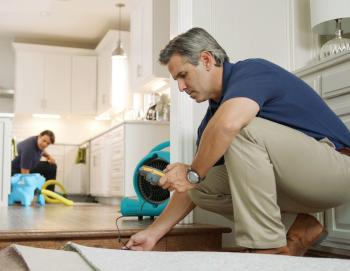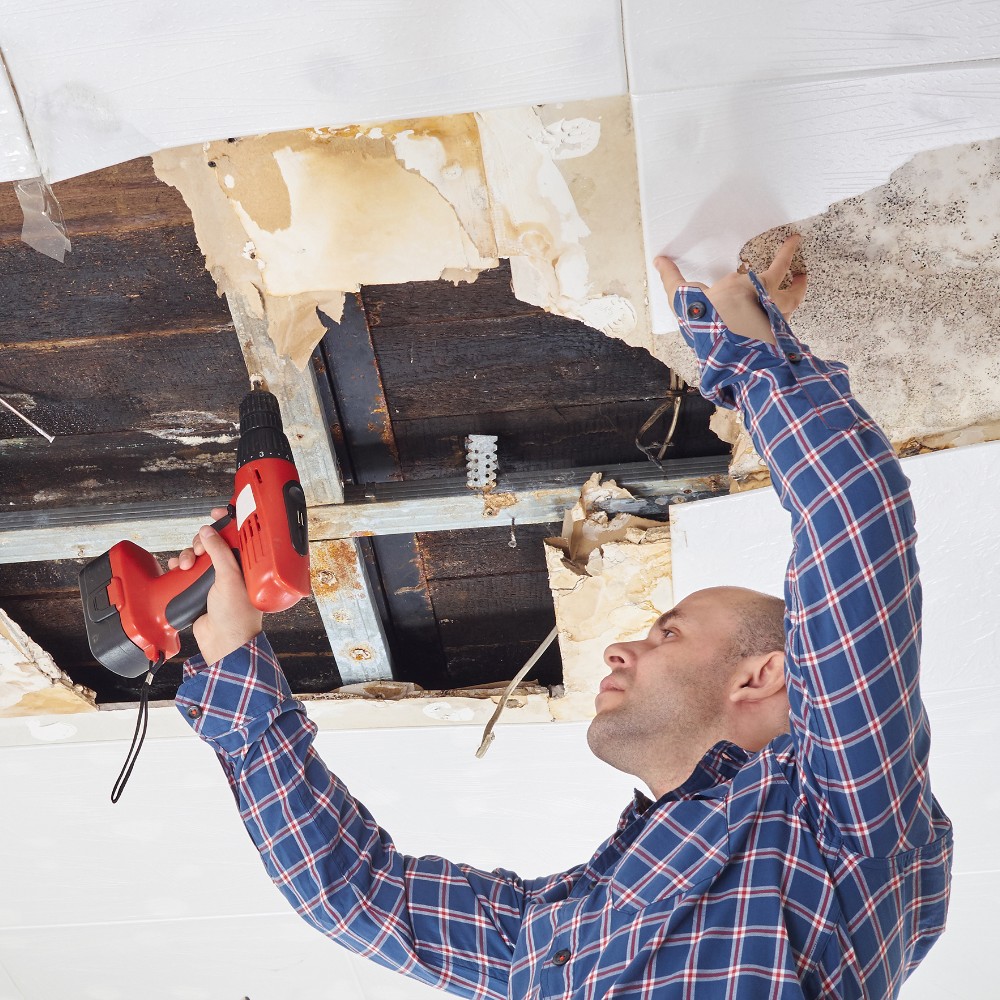Professional Leak Detection Philadelphia: Securing Your Residential Property Versus Water Damage
Emergency Water Damage Repair: Swift Feedback to Minimize Further Damage
What specifically does emergency situation water damage reconstruction involve? By recognizing the seriousness and comprehensive nature of this procedure, you will gain beneficial insights into exactly how professionals take on emergency water damages, making sure a swift and effective feedback.
Significance of Swift Feedback
Swift reaction is of utmost importance in water damages remediation to minimize additional damage and alleviate potential threats. The longer water sits in a structure, the even more damages it can cause.
Among the primary reasons speedy response is crucial in water damages repair is to prevent the development of mold and mold. Mold and mildew can start to grow within 24 to 2 days of water exposure, and as soon as it takes hold, it can spread out swiftly throughout the afflicted location. Mold not only creates further damages to the framework of the building however additionally positions wellness risks to passengers. By reacting swiftly, experts can extensively dry the location and inhibit the growth of mold and mildew, minimizing the requirement for considerable remediation and guaranteeing the security of those entailed.
Water damages can be ravaging, particularly when it affects individual products of financial or emotional value. Acting promptly enables professionals to assess the damages and execute suitable restoration strategies to restore as much as possible.
Analyzing the Degree of Damage

During the evaluation, remediation professionals thoroughly examine the damaged location to determine visible signs of damages, such as water discolorations, distorted materials, and mold development. They likewise utilize specialized tools to identify surprise damage, such as moisture meters and thermal imaging cameras. This thorough examination allows them to accurately establish the degree of the damage and create a tailored restoration strategy.
Examining the extent of water damages is important because it aids professionals prioritize their initiatives. They can identify locations that require prompt attention, such as standing water elimination and drying, to avoid additional damages and reduce the threat of mold development. They can also establish the areas that require repairs or substitute, ensuring that no damage goes undetected or neglected.

Water Extraction and Drying Out Process
The water extraction and drying out process is a crucial action in water damage reconstruction, as it includes the removal of excess water and the detailed drying of the affected location to avoid more damage and minimize the danger of mold and mildew growth. After assessing the degree of the water damage, the next action is to draw out the water from the damaged area. This is commonly done utilizing customized devices such as pumps, vacuum cleaners, and dehumidifiers. These tools are made to efficiently and successfully remove water from different surface areas, including floors, carpetings, and walls.
As soon as the excess water has actually been removed, the drying out process begins. This step is vital in stopping second damages, such as architectural damages and the development of mold and mildew and mold. High-powered followers and dehumidifiers are made use of to circulate air and remove moisture from the air and surfaces. The drying process might take several days, depending on the extent of the water damage and the materials entailed.
It is essential to guarantee that the afflicted area is entirely dry prior to waging any type of repair work or reconstruction. Failure to extensively dry out the area can result in long-term concerns, consisting of weakened structures, musty smells, and the growth of mold and mold. Professional water damages repair companies use wetness detection tools to guarantee that the damaged location is completely dry prior to proceeding to the following action.
Mold Avoidance and Remediation
Reliable mold avoidance and remediation are critical in water damage restoration to make sure the safety and honesty of the affected location. leak detection philadelphia. When water damage happens, whether from a ruptured pipe, flooding, or a dripping roofing system, it develops a perfect setting for mold growth. Mold and mildew can start to establish within 24 to 2 days after water damage, and if left without treatment, it can spread out rapidly and trigger serious health and wellness threats
To protect try these out against mold and mildew development, it is important to deal with water damage quickly. The very first step is to repair the source and identify of the water intrusion.
In situations where mold growth has already occurred, remediation is necessary to eliminate the mold and mildew and stop its return. This entails the mindful elimination and disposal of afflicted materials, such as drywall or carpet, to guarantee that all traces of mold are eliminated. It is essential to note that mold and mildew removal must be accomplished by experts who have the necessary training and tools to securely manage and eliminate mold and mildew.
Recovering the Affected Area

First of all, it is vital to extensively dry out the location to protect against any kind of further damage and to inhibit the growth of mold and mildew and mold. This might entail using specialized drying out tools, such as dehumidifiers and industrial-grade followers, to eliminate all wetness from the afflicted surfaces.
Once the area is completely dry, the restoration procedure can start. This might include replacing or fixing harmed architectural aspects, such as floor covering, ceiling, or drywall tiles. It is necessary to resolve any kind of underlying problems that may have caused the water damages, such as dripping pipes or defective pipes, to protect against future occurrences.
Furthermore, restoring the damaged location may also consist of painting wall surfaces, replacing harmed fixtures, and have a peek at these guys thoroughly cleansing and sterilizing the space. This ensures that not just is the area structurally audio, however it is also cosmetically pleasing and risk-free for occupancy.
Verdict
To conclude, swift feedback is important in reducing more damage triggered by water emergency situations. Evaluating the level of damage enables efficient water removal and drying procedures to be executed. In addition, mold avoidance and remediation are crucial in bring back the damaged area. On the whole, timely activity and comprehensive repair measures are crucial to mitigating the unfavorable impacts of water damage.
Swift response is of utmost value in water damages restoration to reduce additional damages and mitigate potential dangers.Throughout the analysis, reconstruction professionals thoroughly take a look at the damaged location to recognize noticeable signs of damage, such as water stains, warped materials, and mold growth.The water extraction and drying out procedure is an important action in water damages reconstruction, as it entails the removal of excess water and the thorough drying of the afflicted area to avoid further damage and alleviate the threat of mold development. After examining the degree of the water damage, the next action is to extract the water from the affected area.Effective mold and mildew avoidance and removal are critical in water damages reconstruction to make certain the safety and security and honesty of the afflicted area.